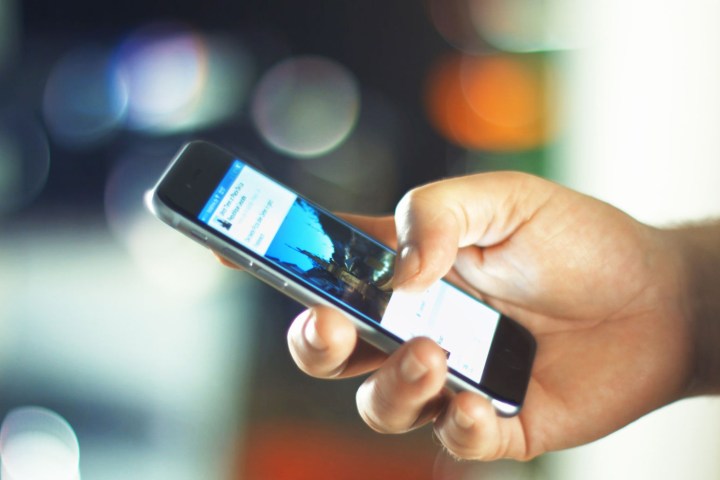
In November, Facebook launched a Crisis button that allows users to give money with one click to areas affected by disasters. To do so, the social network is working alongside GlobalGiving, which will surface the best ways to lend a hand during a crisis, and distribute donations. That way, you don’t have to do your own research when it comes to figuring out where to send your money. While Facebook has previously made it possible for folks to donate, it used to come with a 6.9 percent plus $.30 fee. That is no longer the case — all fees will be waived in the Crisis donate button.
As Asha Sharma, Facebook’s Social Good Product Manager, noted, “Following a disaster, people in the affected area often have tremendous needs to help them recover and rebuild, while others who aren’t affected want to help communities in any way they can. Our goal at Facebook is to create tools that make it easier for people to help their community and the communities they care about recover from a crisis.”
Over the course of the last few years, Facebook has developed a number of safety tools to keep users connected and informed when it matters most. There is Safety Check, officially launched in 2014, which gives individuals in crisis areas the ability to let their friends and family know they’re safe. Then, there is Community Help, a relatively new feature introduced in February that allows users to find and offer help to disaster victims, including critical supplies like water, food, and even shelter.
Just a few months ago, Facebook expanded Safety Check to provide users a way to fundraise for disaster victims, and now, it is expanding once again.
“People will be able to access Crisis Response on Facebook in the upcoming weeks from the homepage on desktop or from the menu button on their phone,”
The Hub and similar tools offered by other social media companies will likely play a huge role in disaster relief and response in the future. Twitter has long served as a critical source of breaking news and companies like Airbnb have begun offering increased assistance to refugees and other victims of disasters. Facebook’s Crisis Response hub is set to make its debut in the next few weeks on the desktop homepage, as well as in the menu on its mobile app on both iOS and Android.
Update: Facebook has added a button to make it easier to donate during crises.
